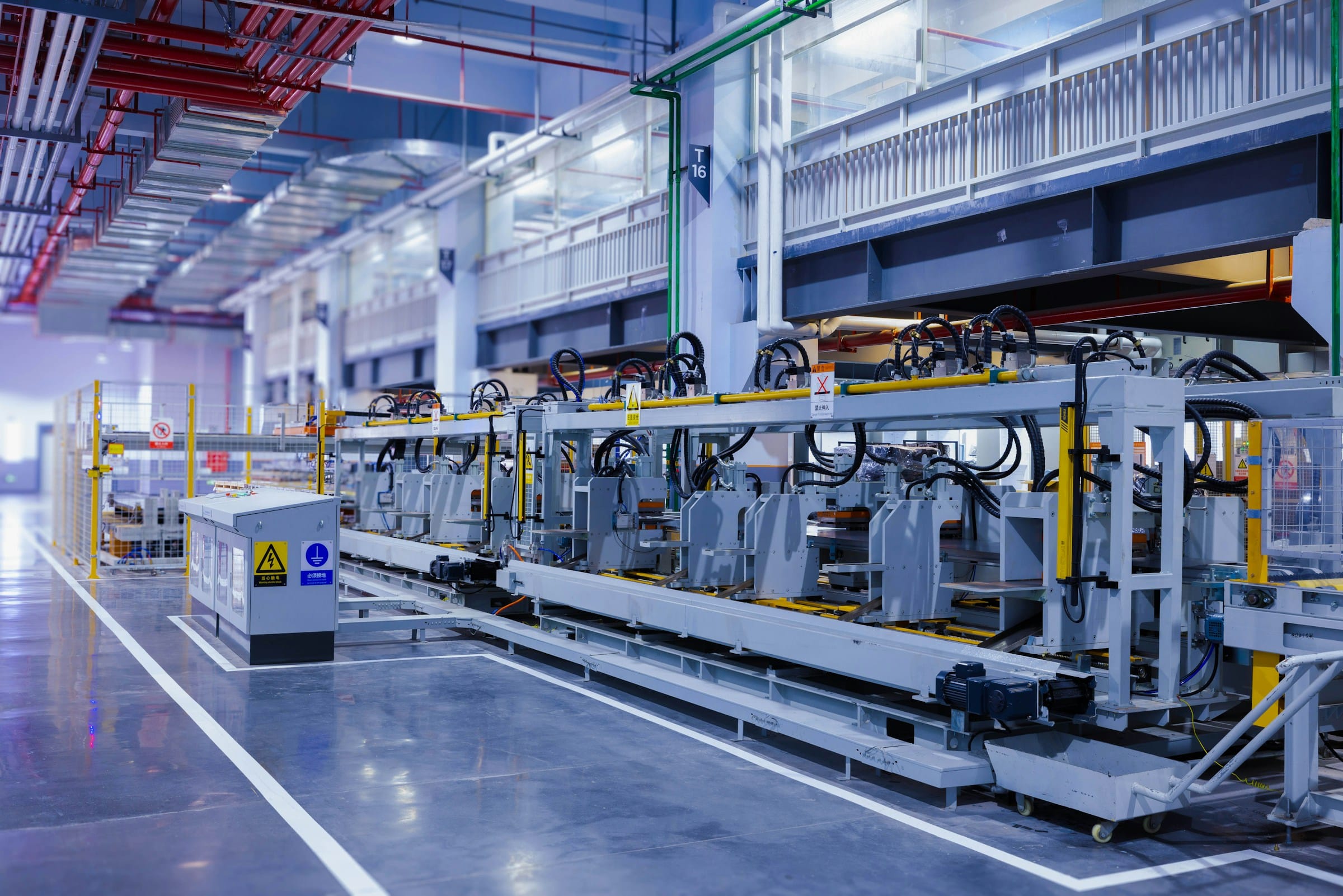How can AI-driven predictive maintenance reduce downtime in manufacturing?

In the fast-paced world of manufacturing, every second counts. Downtime can cost your business not only in lost production but also in repair costs, wasted resources, and potentially damaged customer relationships. A single hour of downtime can equate to thousands in lost revenue, and that's a conservative estimate. More often than not, these failures catch us off guard, with little to no warning signs. But what if you could predict these failures and prevent them? That's where AI-driven predictive maintenance comes in.
Predictive Maintenance: A Data-Driven Approach to Efficiency
Predictive maintenance is a proactive strategy that uses data, machine learning algorithms, and predictive analytics to foresee potential failures in machinery and systems before they occur. Its primary aim is to predict when equipment failure might happen, allowing for maintenance to be planned just in time to avoid the consequences of downtime and improve overall operational efficiency.
In parallel : How can blockchain technology enhance data security in healthcare?
The key to predictive maintenance is data. By collecting and analyzing data on a range of parameters such as vibration, temperature, and power consumption, AI-driven systems can learn to recognize patterns. These systems then use this information to predict potential failures based on changes in these patterns. In effect, predictive maintenance takes the guesswork out of equipment maintenance, making it a more efficient and cost-effective alternative to reactive and preventive maintenance strategies.
The Role of Machine Learning in Predictive Maintenance
Machine learning, a subset of AI, is at the core of predictive maintenance. Machine learning algorithms learn to recognize patterns and anomalies in the vast amount of data collected by sensors on manufacturing equipment.
This might interest you : What are the considerations for implementing AI in smart home security systems?
These algorithms are not just searching for immediate problems; they are learning to predict potential issues based on small changes in data patterns. For example, a machine learning algorithm might notice that a particular piece of equipment tends to overheat under certain operational conditions. It can then predict when this might happen again and alert operators in advance, thus preventing potential equipment failure and associated downtime.
Moreover, machine learning continuously improves its predictive capabilities. As more data is collected and analyzed, the system becomes more accurate in its predictions, making it an invaluable tool in predictive maintenance.
Realizing Cost Savings with AI-Driven Predictive Maintenance
By reducing downtime and preventing equipment failures, AI-driven predictive maintenance can yield significant cost savings. Avoiding just one major equipment failure could save thousands, if not hundreds of thousands, of dollars in repair or replacement costs alone, not to mention the associated loss of production.
In addition to reducing costs associated with failures, predictive maintenance can also increase operational efficiency by optimizing maintenance schedules. Rather than scheduling maintenance based on arbitrary intervals, maintenance can be scheduled based on actual equipment condition and performance data. This results in more efficient use of resources and less time spent on unnecessary maintenance tasks.
Furthermore, predictive maintenance can extend the life of manufacturing equipment. By identifying and addressing potential issues before they can cause significant damage, you can keep your equipment running smoothly for longer, reducing the need for costly replacements.
Implementing Predictive Maintenance in Your Operations
Integrating predictive maintenance into your operations requires a well-thought-out strategy. The first step is to instrument your equipment with the necessary sensors to collect data. These sensors should be capable of measuring key parameters associated with equipment performance and potential failures.
Next, you'll need to implement a system for collecting and storing this data. This could be a cloud-based solution or an on-premise system, depending on your specific needs and resources. Keep in mind that this system needs to be capable of handling vast amounts of data in real-time.
Once you have your data collection system in place, you can start implementing machine learning algorithms. These algorithms will analyze the collected data and learn to make predictions about equipment performance and potential failures.
Finally, you'll need to establish a process for acting on the predictions made by the AI system. This could involve setting up alerts for operators, integrating with your existing maintenance management system, or even automating certain responses.
Remember, the goal of predictive maintenance is not just to predict failures, but to prevent them. By implementing an AI-driven predictive maintenance strategy, you can take a proactive approach to equipment maintenance, reduce downtime, and realize significant cost savings.
The Impact of Computer Vision in Predictive Maintenance
Computer vision, another subset of AI, has a significant role to play in advancing predictive maintenance practices. This technology allows machines to visually interpret their environment and make decisions based on what they 'see'. For maintenance activities in manufacturing processes, this is a game-changer.
Computer vision systems use cameras and other sensors to capture real-time images and videos of equipment. Advanced image processing algorithms then analyze these visual data to detect abnormalities such as wear and tear, cracks, or leaks that might not be visible to the human eye. By detecting these issues early on, predictive maintenance strategies can be implemented before the problem escalates into a major equipment failure.
Moreover, computer vision can also monitor the operation of equipment and identify any deviations from the norm. For example, if a machine is vibrating excessively or making unusual noises, these might be early signs of an impending failure. By providing these insights, computer vision empowers maintenance teams to take preventative action, thereby reducing the risk of unplanned downtime.
Thus, the combination of computer vision and machine learning enhances the accuracy and efficiency of predictive maintenance, leading to substantial cost savings and improved operational efficiency.
In conclusion, the integration of AI-powered predictive maintenance strategies into the manufacturing sector drastically improves efficiency and reduces maintenance costs. By leveraging technologies such as machine learning and computer vision, manufacturers can predict and prevent equipment failures, reducing unplanned downtime and optimizing maintenance activities.
Crucially, the adoption of these data-driven maintenance practices requires a strategic approach, starting from equipping machinery with the appropriate sensors to implementing efficient data analysis systems. The continuous real-time data flow, coupled with learning algorithms ability to recognize patterns and make predictions, forms the backbone of this innovative maintenance approach.
The journey doesn't end at predicting equipment failures. It's about acting on these predictions in a timely manner. By setting up alerts, integrating with existing maintenance management systems, or automating responses, manufacturers can further enhance their decision-making process.
In essence, the value of AI-driven predictive maintenance in manufacturing cannot be overstated. As technology continues to evolve, we can expect these systems to become even more accurate and efficient, driving the manufacturing sector towards a future with minimal equipment failures and maximum operational efficiency.
